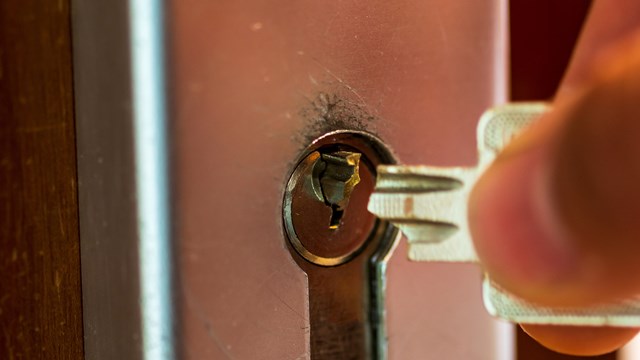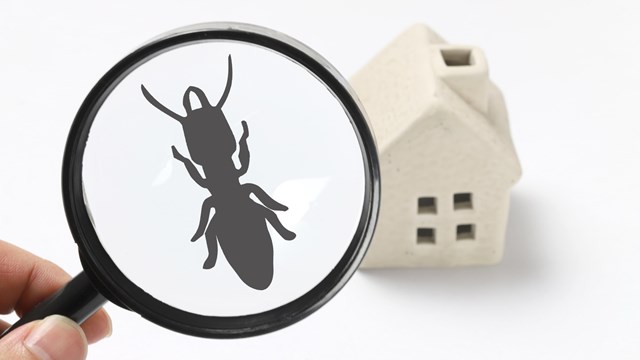There’s an old adage that ‘insurance is for pessimists’ – but that’s very much not the case. In the world of home ownership, and especially in shared communities, proper insurance is a critical factor in protecting not only your most important asset – your home – but also your pocketbook and your neighbors’ pocketbooks. It’s important to know what your building or association’s insurance policies cover, as well as what individual unit owners and shareholders are responsible for when a claim is made.
Which Covers What?
According to Mildred Ayala, the manager of the HUB International insurance office in Woodbury, New York: “There are several basic components to a typical condo or co-op homeowner’s policy. They include additions and alterations coverage, coverage for personal property and contents, loss of use, and liability and medical payments.” There are of course other riders that may be placed on the policy at the request of the insured and approval of the insurer, including higher limits of coverage.
While insurance is regulated state by state, the basic architecture of the terms of a homeowner’s policy are remarkably standard. According to Martin Cabalar, an attorney with Becker & Poliakoff in Morristown, New Jersey: “Typically, state to state you will see similar, if not exactly the same template for a basic insurance policy.” And Ayala adds: “It’s very straightforward.”
The Basis of Claims
The basis of claims in homeowners policies has to do with responsibility. Unlike in a detached private home, the lines of demarcation in a condo or co-op property – particularly a vertical one – can involve the unit that sustained some type of damage, the unit from which that damage may have emanated, and the co-op corporation or condominium association. The determination of responsibility may rest with who is responsible for what, and if there was any negligence.
Michael C. Kim, an attorney at Michael C. Kim & Associates in Chicago, says: “When we look at responsibility for a situation, the first perspective is [to ask], what was the cause of the loss? Was it a failure of a plumbing fixture, such as a commode for example, where the internal components of the commode failed? That’s a situation where the equipment is self-contained and belongs to the owner of the unit. Then you have other situations where a flood was caused by a failure of the flow of water into the bathroom. That takes on a different characteristic, which is essentially that you have a plumbing supply line coming into the unit, and if the valve failed, who is responsible for that?”
According to Kim, that would depend on the definition found in the co-op or condo’s governing documents as to whether it’s the association/corporation or the unit owner who’s responsible for pipes inside the common walls. Usually, everything inside the walls is considered a common area or element, and is therefore the responsibility of the co-op or condo to maintain, repair, and replace. That responsibility also usually extends to any damage caused by the common element to individual private units.
When it comes to defining what a common element is, however, Cabalar says: “There is no simple answer to this question, as it is entirely dependent on how your governing documents define ‘common elements’ versus the units. Generally speaking, the unit will include everything closed within the interior space of the unit, often from the sheetrock in, and any appurtenances which solely serve the unit, such as a plumbing line, regardless of whether they extend beyond the interior space of the unit.”
Dennis Murphy III, a principal with Murphy Insurance Agency in Bolton, Massachusetts, a firm that writes policies in all six New England states, says: “It depends on who is responsible. If the association is responsible for what’s behind the walls, it pays.” When there is damage, “it will pay for permanently-installed items like wall-to-wall carpeting, but not rugs. They would pay for repairs, but your own individual policy pays for furniture and movable items, like those rugs.”
A Case in Point
Hope Kaye is a co-op owner at a mid-size, prewar elevator building in the New York City neighborhood of Washington Heights. She has lived in her unit for 15 years. Approximately four years ago, the unit directly above hers was sold and the purchaser renovated the apartment. About 15 months after the renovation, there was a flood in her bathroom. The wallpaper, walls, and ceiling in her bathroom were damaged beyond repair. It was determined that the during the renovation, the workers damaged a waste line under the bathtub in the apartment above hers. Eventually the pipe burst completely, and her bathroom was flooded.
“I didn’t have to lay out a penny,” Kaye says. “The co-op board paid for all my repairs through the building’s insurance policy, and then collected from my neighbor’s insurance. As to who paid for the repairs to my upstairs neighbor’s bathroom, I’m not aware.”
The procedure described above is known as subrogation. In Merriam-Webster terms, subrogation is defined as “...a doctrine holding that when an insurance company pays an insured’s claim of loss due to another’s tort, the insurer succeeds to the insured’s rights (as the right to sue for damages) against the tortfeasor — called also equitable subrogation.” In simpler terms, it means that the building’s insurance paid, then duked it out with the unit owner’s carrier for reimbursement.
Cabalar explains further: “Oftentimes this is the case, because there may be overlaps in coverage. This is not a bad thing. The carrier has the obligation to provide coverage for a covered claim, but may be able to ‘subrogate’ to cover all or a portion of a claim where another party is legally responsible for the damage. Using a roof leak, for example, if the association were negligent in causing the damage, the unit owner’s insurance would have to respond to the unit owner and provide coverage if the damage was to covered property for a covered claim. The unit owner’s insurance may decide that the association was negligent, and thus ‘step into the shoes’ of its insured and subrogate the claim against the association and its insurance carrier to reimburse for the amounts paid to the unit owner.”
Negligence
The basis for the assignment of responsibility rests with negligence. “Liability,” says Murphy, “is typically determined by who is negligent. The definition of negligence is you did or did not do what a reasonable person would have done in that situation. In the case of a pipe that needs repair, if you’ve been told it needs repair, a reasonable person would fix it. The question is, what would a responsible person be expected to do?”
Another important point, stresses Murphy, is that “an insurance policy is a contract of adhesion. It’s the insurance company that wrote the contract – the insured just purchased it. They didn’t have any input into writing it. Therefore, any gray area or ambiguity is strictly held against the insurance company, not the insured. In every case, that gray area will go against the company.”
Keep in Mind
Insurance is a complex topic – so the pros suggest some extra points to keep in mind. According to Kim: “Even if your condo association is responsible for the damage and agrees to pay, there may still be a large deductible on the policy – and depending on your governing documents, you may be liable for all or part of that deductible.” The lesson? Always check your building’s policy as well as your own, and do so as part of your due diligence when purchasing or updating your coverage.
While the legal language covering the contract of your insurance may be pretty standard from place to place, Murphy explains that pricing of individual policies depends on all kinds of things, like where you live, the size of the unit, the type of construction and the cost of materials used, and even whether the town or municipality where you live has a full-time or part-time fire department.
Ayala adds that “most carriers today will do an on-site appraisal of the property, interior and exterior, to confirm measurements and other information. The client will get a copy. Ultimately, coverage will be based on this evaluation.”
“Very importantly,” says Cabalar, “do not assume that just because damage is caused by the common elements that the association is responsible. Unit owners should be sure to discuss with their broker whether they have appropriate coverage for their unit – including reviewing the association’s policy to determine whether there are any gaps in coverage. In the end, responsibility is a legal determination – so if you have any questions, seek the advice of legal counsel.”
A J Sidransky is a staff writer/reporter for New England Condominium, and a published novelist.







Leave a Comment